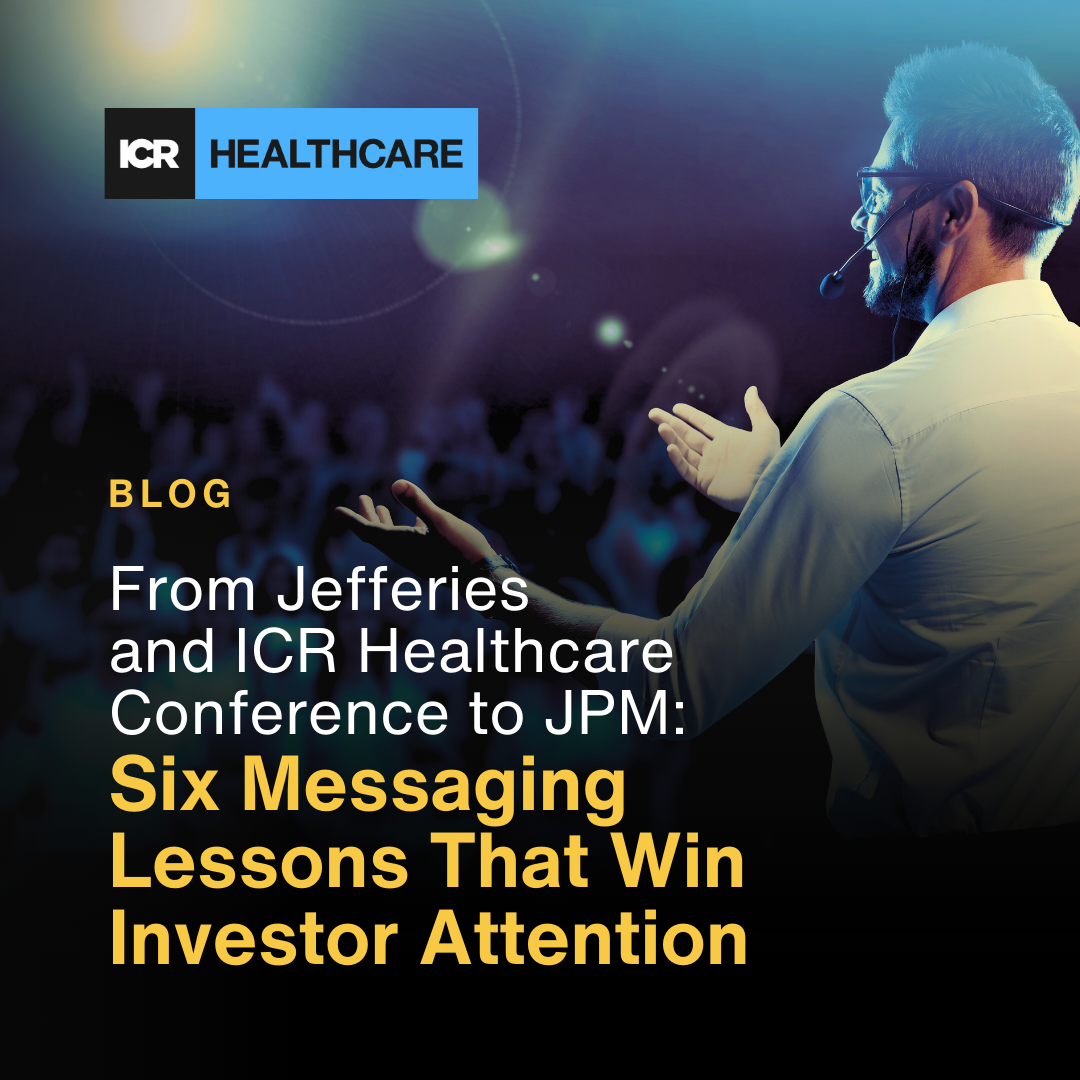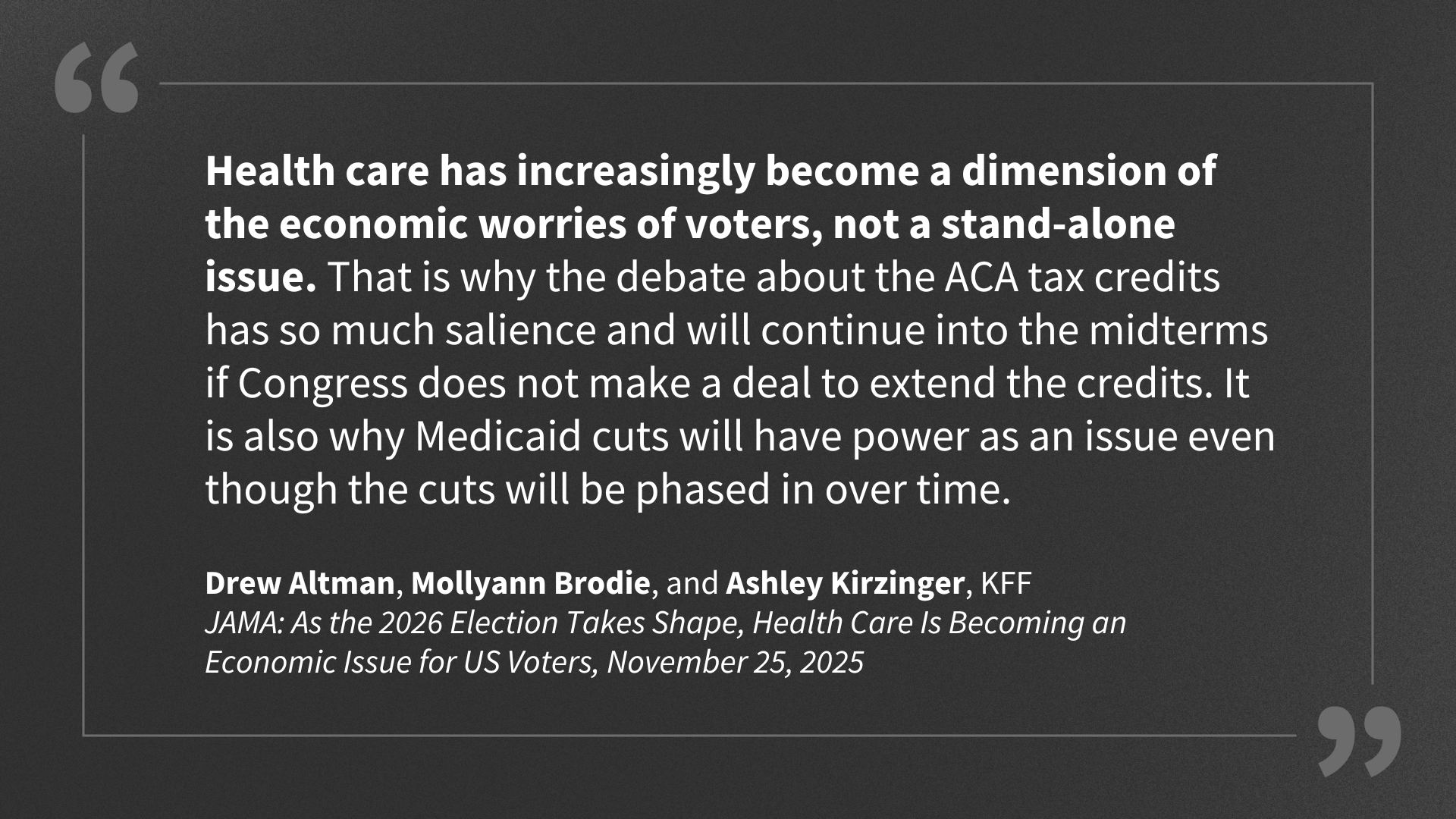At an early age, I was attracted to the allure of living off of interest — having enough income-producing cash and invested assets to retire on dividends and interest without spending any of the principal.
This is appealing because it would provide the ultimate sense of financial security.
When investors can generate enough income to cover living expenses, they’ve reached the crossover point — a concept introduced in the 1992 book Your Money or Your Life.
Most people, myself included, will likely never reach the investment income crossover point — because it’s unnecessary.
You can retire sooner by combining dividend income and generating income from investment sales using safe withdrawal guidelines (withdrawing 4%-5% of total invested assets — “the 4% rule of thumb”) to cover expenses.
Stock, ETF, and mutual fund dividend income and distributions will play an important role in my retirement, but most of my wealth is in low-yielding market growth assets (like FSKAX) that I can sell to generate income when needed.
Market-growth assets — aiming for total return — grow your portfolio and protect it against inflation to prevent running out of money in retirement.
As appealing as it would seem to retire on dividends alone, a combined approach is more realistic and will allow you to retire sooner, spend more money, enjoy yourself, and avoid becoming a miser.
Retire on Dividends Example (Income Portfolio)
Let’s say, for example, your annual spending is $100,000. To generate that much money each year, you’d need:
- $5,000,000 invested, earning a 2.0% yield
- $4,000,000 invested, earning a 2.5% yield
- $3,333,333 invested, earning a 3.0% yield
- $2,500,000 invested, earning a 4.0% yield
- $2,000,000 invested, earning a 5.0% yield
We’ll assume this income is generated and pooled in cash in tax-advantaged accounts.
As I write this, the yield on the S&P 500 is about 1.2%. So, buying the market and only living off dividends would require more than $8 million.
But if you have $8 million invested and you’re only spending $100,000 a year in retirement — you’re a cheapskate and Should probably enjoy yourself more!
Long-term growth prospects decrease as the investor focuses more on higher-yield investments. Think of Nvidia vs. ATT as an extreme case in point.
A diversified dividend stock portfolio can outperform the S&P 500, but it takes substantial work and some luck. Most stock pickers will not outperform the market over the long term.
Though a higher-yielding portfolio will throw off more income, focusing on income instead of total return will likely decrease total returns and wealth over time.
For example, the S&P 500 ETF (VOO) has easily outperformed these popular dividend-focused ETFs since 2012.
That said, income-producing investments are helpful during market downturns because it becomes psychologically more difficult to sell investments when the market is down if you’re living off of investments.
Mitigate the psychological risk by holding more liquid cash and bonds.
Having a balanced withdrawal strategy with both income-producing assets and investment sales aligns with a balanced portfolio and investor mindset.
Investment Sales (Capital Gains) Example (S&P 500 Portfolio)
Let’s take the same example and assume the investor reinvests all dividends back into the security that paid them. The investor uses only investment sales to generate income for their annual spending needs of $100,000.
Since the 1990s, the rule of thumb safe withdrawal rate has been 4%. But Bill Bengen, the financial advisor who ran the original math behind that number, now says that most investors can use 5% based on updated studies and portfolio management.
So, I’ll use a range of 3% (conservative) to 6% (more aggressive but suitable for many) and tax-advantaged accounts to keep it simple.
To safely withdraw $100,000 per year, investors we need:
- $3,333,333 invested, withdrawing 3% per year.
- $2,500,000 invested, withdrawing 4% per year
- $2,000,000 invested, withdrawing 5% per year
- $1,666,667 invested, withdrawing 6% per year
Notice the math is the same as in the above example.
The difference is that a growth portfolio (e.g., buying only the S&P 500) aims for a higher total return, while an income portfolio aims for higher yields.
Look at the chart above again to see which wins.
With a market-return approach and using only asset sales, you’ll have more wealth and money to spend because the market will likely outperform.
Isn’t more money better than less?
I say that tongue-in-cheek because a somewhat famous FIRE guru said that to me many years ago.
Yet, operating in absolutes is unrealistic, especially in personal finance and retirement planning.
Realty: Combination of Both
An income portfolio that doesn’t require any principal reduction may give investors the warm fuzzies of financial security.
The reality is that most people have portfolios with a mix of growth and income (both stock and bond).
And it’s entirely OK to add higher-yielding investments (including dividend stocks, ETFs, bond funds, CDs, etc.) that drip into the cash account in good or bad markets.
These investments lower volatility and risk and provide age-appropriate stability and steady income.
In 2023 and 2024, that may not have felt important.
But now that the market has fallen, people living off of safe withdrawals may feel uncomfortable selling investments for living expenses, even though the 4%-5% rule of thumb says it’s OK in any market environment over the last 100 years.
Pensions, Social Security, annuities, part-time income, and other reliable income sources often provide an income baseline. Safe withdrawals often play the role of supplemental income.
Furthermore, stock and bond fund dividends and distributions naturally fill your cash account if you’re not reinvesting. Selling assets may not always be necessary.
I prefer to hold mostly growth-focused assets supplemented with bonds and dividend-focused assets that pool distributions into a healthy cash and short-term account to cover several months of expenses (providing a buffer).
Then, tap the cash account when needed for living expenses.
I’m not yet at this stage of my financial plan and life.
But I use some dividend income to supplement our family spending because my business income fluctuates month-to-month, so I’m getting a taste of what it’s like in retirement.
Another advantage of dividend income is it removes a layer of emotional behavior. With income automatically coming in, there’s less need to sell assets.
When selling investments for income, it’s best to set up automation and sell at regular intervals to remove the potential emotion attached to market moves.
Conclusion
Living entirely off dividends still has an attractive draw — a symbol of financial independence where your money works so you never have to again.
But clinging too tightly to that dream can lead to retirement delays or becoming a miser.
The deeper insight here is not about choosing between dividends or capital gains, income or growth, or even about hitting a magical number.
It’s about financial security and crafting a financial strategy that aligns with your retirement needs and inevitable uncertainties.
Retirement financial isn’t mathematically rigid — it’s flexible. The goal is to live well with enough security to sleep at night.
Some may choose to prioritize abundant financial security — spending less and planning to leave a legacy — while others will spend at less conservative levels, aiming to “die with zero”.
Ultimately, many retirees who retire wealthy remain unnecessarily fearful of running out of money and don’t spend as much as they could in retirement.
Their children will thank them.
Don’t guess. Model your retirement investing and spending needs using a DIY planning tool like Boldin (review) or ProjectionLab (review).
Featured image via Deposit Photos used under license.
Favorite tools and investment services (Sponsored):
Empower — Free net worth and portfolio tracking + retirement planning. User since 2015.
Boldin — Spreadsheets are insufficient. Build financial confidence. (review)
Sure Dividend — Research dividend stocks with free downloads (review):
Fundrise — Simple real estate and venture capital investing for as little as $10. (review)
Publisher: Source link









